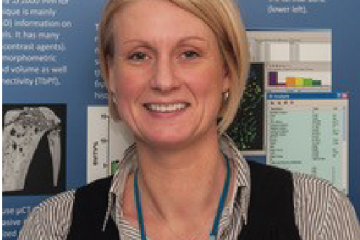PhD Studentship
Development and validation of 3D in vitro dormant myeloma cell models to reduce and replace animal studies

At a glance
In progress
Award date
October 2021 - September 2024
Grant amount
£90,000
Principal investigator
Dr Michelle Lawson
Co-investigator(s)
Institute
University of Sheffield
R
- Reduction
- Replacement
Read the abstract
View the grant profile on GtR
